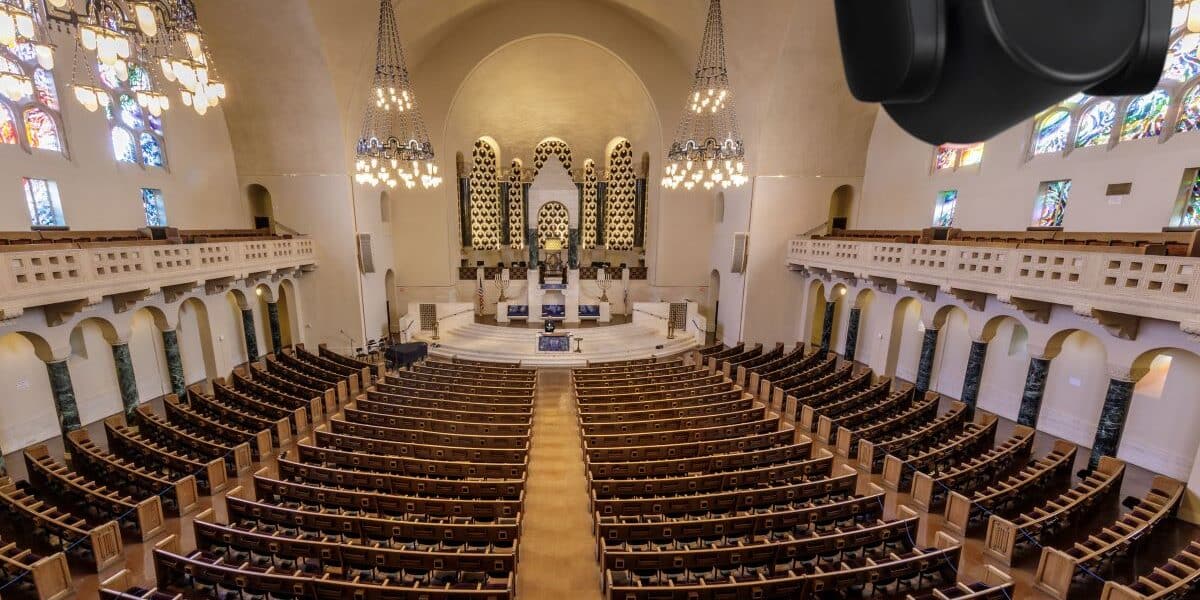Houses of worship are ushering in a new era with the adoption of interactive technologies. The pandemic drove churches to prioritize their video capabilities, but continued investment in technology has become a consistent priority for many.
Before the pandemic, many houses of worship did not consider the benefits of interactive technologies, such as live streaming. Many factors, including the specific organization’s budget and access to technical expertise, became barriers to adopting new technology.
Today, the traditional barriers to adoption have diminished due to the unprecedented opportunity for houses of worship to broaden their capabilities.
Interactive technologies, including live streaming technology, allow houses of worship to magnify their messaging for multi-site streaming, remote attendees, overflow viewing and special events.
Traditional messages can be amplified to cultivate new relationships, broaden congregation outreach and strengthen relationships with members. Live streaming technology enables members out of town or unable to physically attend to tune in.
Meanwhile, it provides an opportunity to gain new members. Geographical boundaries are not an obstacle for people living further away from the house of worship.
Potential new members can better understand each house of worship without stepping foot on campus. It provides an opportunity for individuals who may be new to an area and are trying to decide which house of worship is right for them.
Live streaming also allows houses of worship to overcome the capacity limitations of a physical worship space. For larger services, especially during holidays, streaming technology can broadcast the service to physical overflow rooms inside the house of worship or people can watch from their homes, travels or other convenient locations.
There is no limit to who or how many people can participate in services. Remote worship services can still have all the components of a regular worship service. For example, remote viewers can donate online rather than being present to donate physically.
Ensuring a house of worship has reliable, high-performance live streaming technologies is paramount. It’s important to recreate the experience for those tuning in on their mobile devices or televisions. Viewers won’t spend time watching a service they can’t hear or see.
This information is courtesy of AVer, an award-winning provider of education technology and video collaboration camera solutions that improve productivity and enrich learning, www.averusa.com.



















